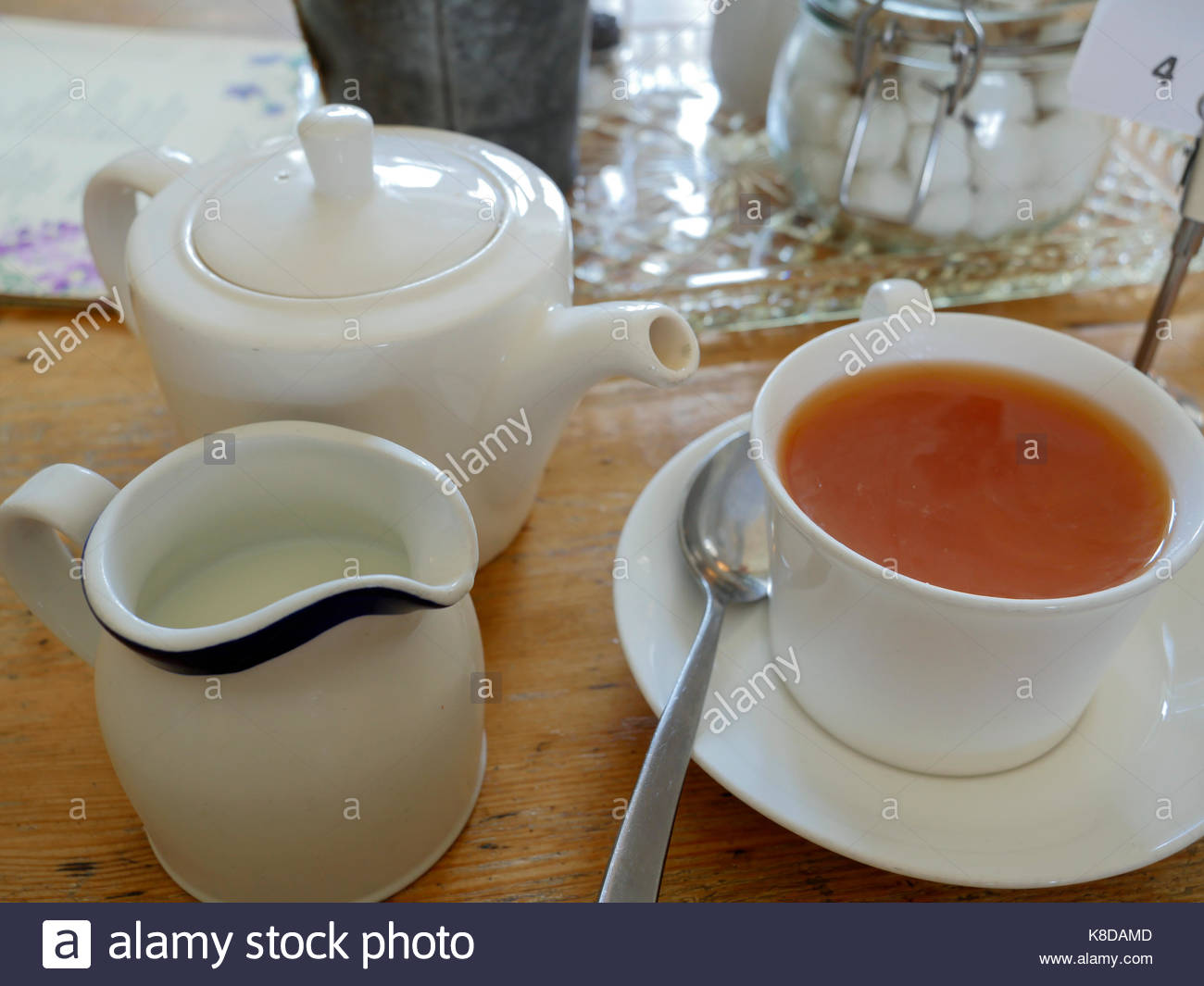HEALTHWATCH: What Happens if You Add Milk to Tea?

By Michael Greger M.D. FACLM
Our endothelium, the inner lining of our blood vessels that controls the function of every artery in our body, “appears to play a critical role in a variety of human disorders, including peripheral vascular disease, stroke, heart disease, diabetes, insulin resistance, chronic kidney failure, [cancer, and blood clots]….” Unfortunately, endothelial cells only live about 30 years, and their replacements don’t seem to function as well. So, “[a]s men and women approach the ages of 40 and 50, there is a progressive decline in endothelial function.” At age 50 or 60, we “can no longer tolerate this risk-factor burden that [we] were once able to tolerate at age 10 or 20,” thanks to this progressive decline in endothelial function.
Or, at least, that’s what we used to think.
There are increasing data to suggest that age is not an immutable risk factor—the decline in artery function is not just an inevitable consequence of aging Researchers did not see the same progressive decline in a Chinese population studied. The older Chinese people in their 60s had the arterial function of young folks in their 20s. “These data suggest that progressive endothelial dysfunction is not an inevitable consequence of aging but might be related to prolonged exposure to environmental factors more prevalent in westernized countries than in China.” What could it be? Traditional Chinese diets include green tea, which has been shown to have a beneficial effect on endothelial function within 30 minutes of consumption, lasting about two hours. It wasn’t the caffeine, which alone had no effect. They suspect it was the flavonoid phytonutrients in the leaves.
Black tea appears to work about just as well as green tea, but then why is green tea associated with lower heart disease risk while black tea is not? In fact, in two British studies, tea consumption was associated with an increased risk of coronary artery disease. Maybe it’s because the Brits commonly drink their tea with milk, whereas green tea is typically drunk straight? If only there were a country that drank black tea, but without milk. There is. The Netherlands. In those studies, black tea was associated with the same drop in risk as the green tea studies. So, maybe it is the milk.
Researchers found the “addition of milk to black tea completely prevents the biological activity of tea in terms of improvement of endothelial function.” So, that could explain it. It appears the milk protein casein is the culprit, though soy protein was recently found to have the same nutrient binding effect. The European Society of Cardiology issued a press release about the study showing the protective effect of tea “is totally wiped out by adding milk” and suggested consumers should consider cutting down.
Milk-drinkers were not amused: “As long as the reported results are not confirmed in a fair number of humans who drink their tea outside the lab setting, we will continue to add milk to ours.”
The researchers responded, challenging the notion that their study wasn’t big enough. They had 16 subjects, and the results were highly significant. Across those 16 people, the “addition of milk to tea not only reduced, but completely blunted the effects of tea….The rationale for drinking tea in a lab setting was that only under these conditions could the influence of other beverages and food be controlled for.” They were doing an experiment after all. Were they supposed to drag the equipment to a Starbucks?
“As doctors,” the milky tea drinkers asserted, “we would not prescribe a new drug to patients if it was studied only in one small study. In analogy, milk abstinence should not be recommended to tea drinkers…” They apparently were forgetting that the reason we don’t prescribe drugs without overwhelming evidence is that drugs can kill. So the benefits better outweigh the risks, but what’s the downside of a little milk abstinence?
Michael Greger, is a physician, New York Times bestselling author, and internationally recognized professional speaker on public health issues.





